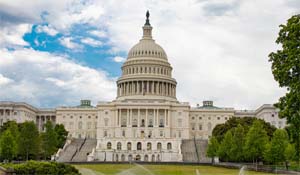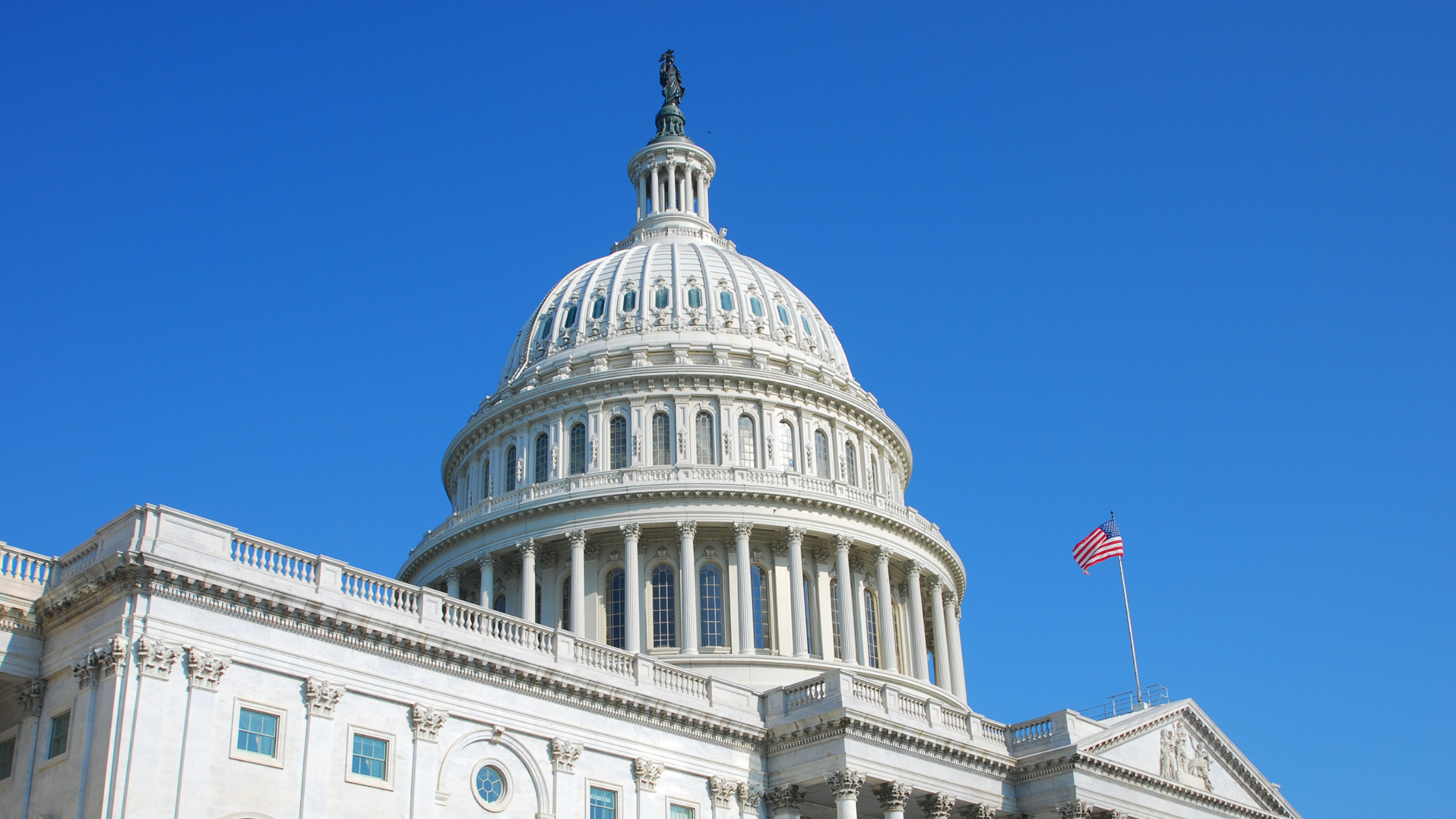
Child Care Emergency Preparedness, Response and Recovery
Emergency preparedness for child care programs is important because there is a good chance an emergency will happen at some point. In an emergency, child care providers are on the front lines to keep children and staff safe. One tool that is valuable for child care emergency preparedness, response and recovery is partnerships.
Child care is an essential community service and parents need it to be available to be part of the workforce. Following a disaster, child care programs and the stakeholders who support them must quickly recover to contribute to overall community resilience.
Emergency response and recovery is more efficient and effective when relationships exist prior to an event (during “blue-sky” periods) to be better able to respond during “grey skies.” This increases the likelihood that trusted partners can be called upon before, during and after a disaster. Child care providers and Child Care Resource and Referral organizations (CCR&Rs) can both benefit from establishing partnerships to support child care emergency preparedness, response and recovery.
“We need to rely on trusted partners to distribute information, to provide collective resources, to establish a voice of ‘we’re in this together and we’re not going to work apart from one another, but rather together.’” -CCR&R staff, MO
Types of Partnerships
Partnerships can be established at the local, regional and state levels. Different partners may be able to help with different needs, so be sure to reach out to a variety of groups or organizations. Non-traditional and diverse partnerships can help ensure all needs are met.
Child care providers and CCR&Rs may want to consider partnerships with organizations such as:
- Afterschool programs
- Child care licensing
- Child care providers
- City/county leadership
- Colleges and universities
- Community disaster coalitions
- Community organizations
- Disabilities-focused organizations
- Early childhood coalitions
- Economic development
- Emergency managers
- First responders
- Homeland security
- Hospitals/physicians
- Mental health organizations
- Office of Early Childhood
- Public health
- Public schools
- School-age programs
Sharing Information About the Key Role of Child Care
It is important for everyone to understand the key role of child care in community infrastructure. This will help ensure the needs of child care providers are better reflected in coordinated community-wide disaster preparedness and response efforts. As partners are engaged, information about the value of child care can be shared.
Child care providers and CCR&Rs can provide partners with valuable information such as:
- Information about the unique needs of children. Children are especially vulnerable in emergencies and helping them get to safety in emergencies requires extra planning and preparation.
- Information about the unique needs of child care providers. Resources and assistance must be inclusive of all child care providers, highlight diversity and equity, and be tailored to the specific needs of child care providers.
- Information about challenges experienced by child care programs. Emergency preparedness for child care has many components that may pose a challenge, such as evacuation transportation, securing relocation sites and securing resources.
- A voice for child care needs when it comes to emergency planning, response and recovery. Partners can benefit from understanding child care systems. Child care providers and CCR&Rs can offer insight into their needs and strengths.
- Information and data about child care programs in the area. CCR&Rs can share information about the types of child care available, location of child care programs, capacity and special populations served, as well as other information that might help emergency preparedness, response and recovery stakeholders understand the child care landscape in the area.
Taking Action
When child care providers and CCR&Rs have a “seat at the table” with emergency management, public health and service organizations, child care systems will advance and be recognized as essential to a community’s success following disaster events.
Think about opportunities for partnerships to support child care emergency preparedness, response and recovery in your community. How can you begin establishing those partnerships? What can you share with partners to improve emergency preparedness, response and recovery efforts in your community or state? Are there any partnerships you have not yet thought about?
CCR&Rs can watch our video on partnerships, Emergency Managers and CCR&Rs Testimonials, to learn more about the value of partnerships with their local Emergency Managers.
If you have a story to share with CCAoA about a partnership to support child care emergency preparedness, response or recovery, please complete this form.






